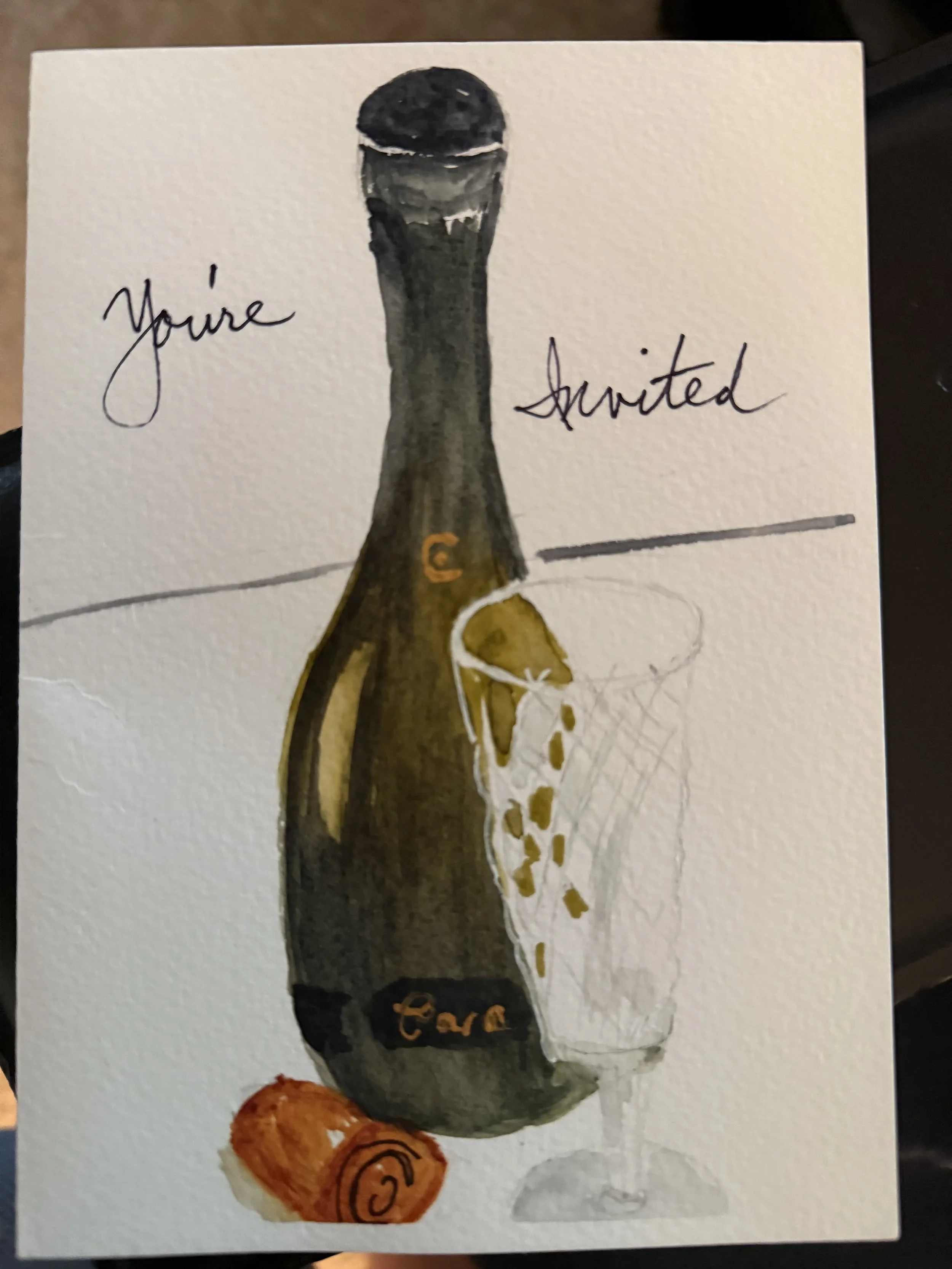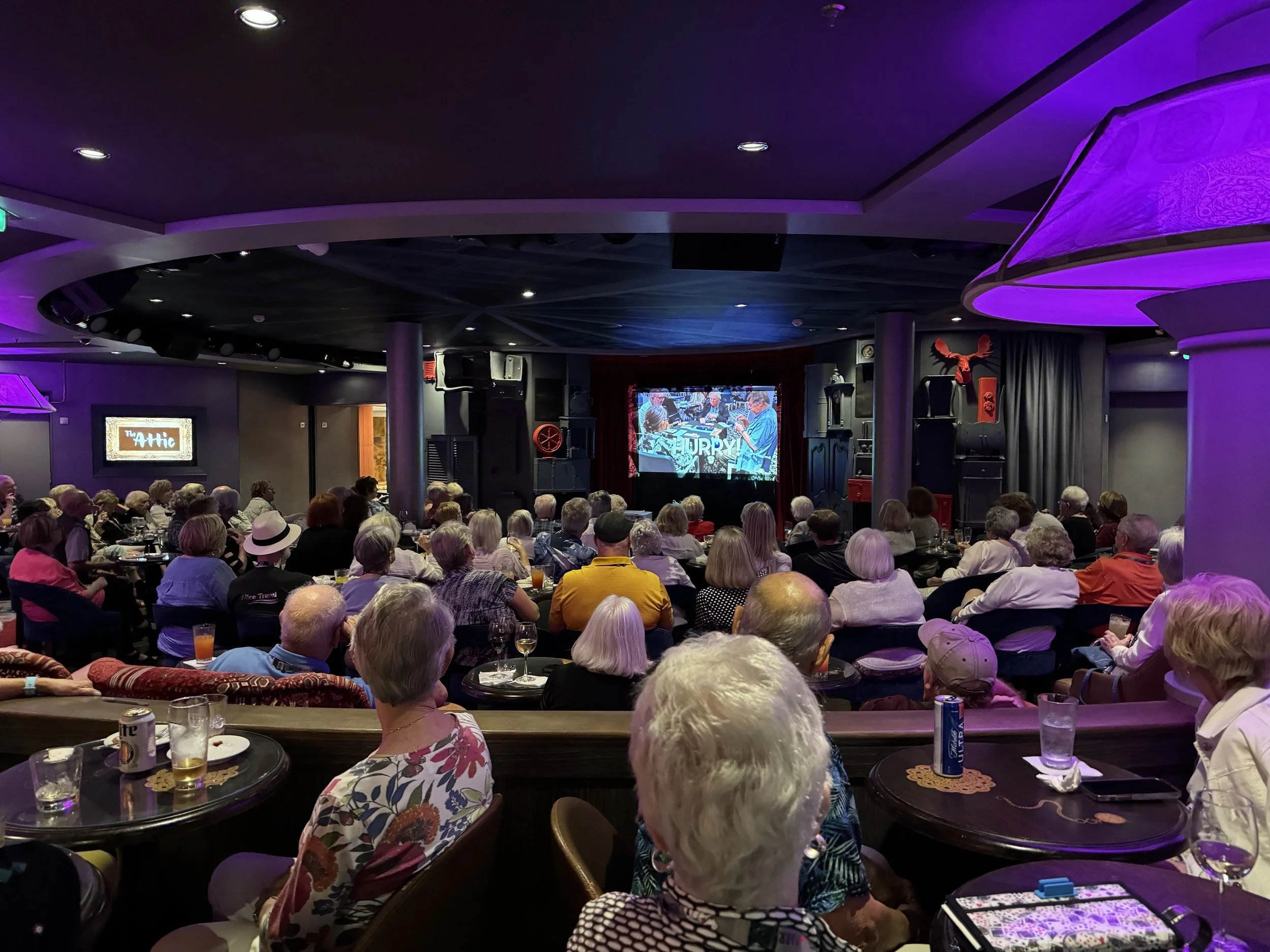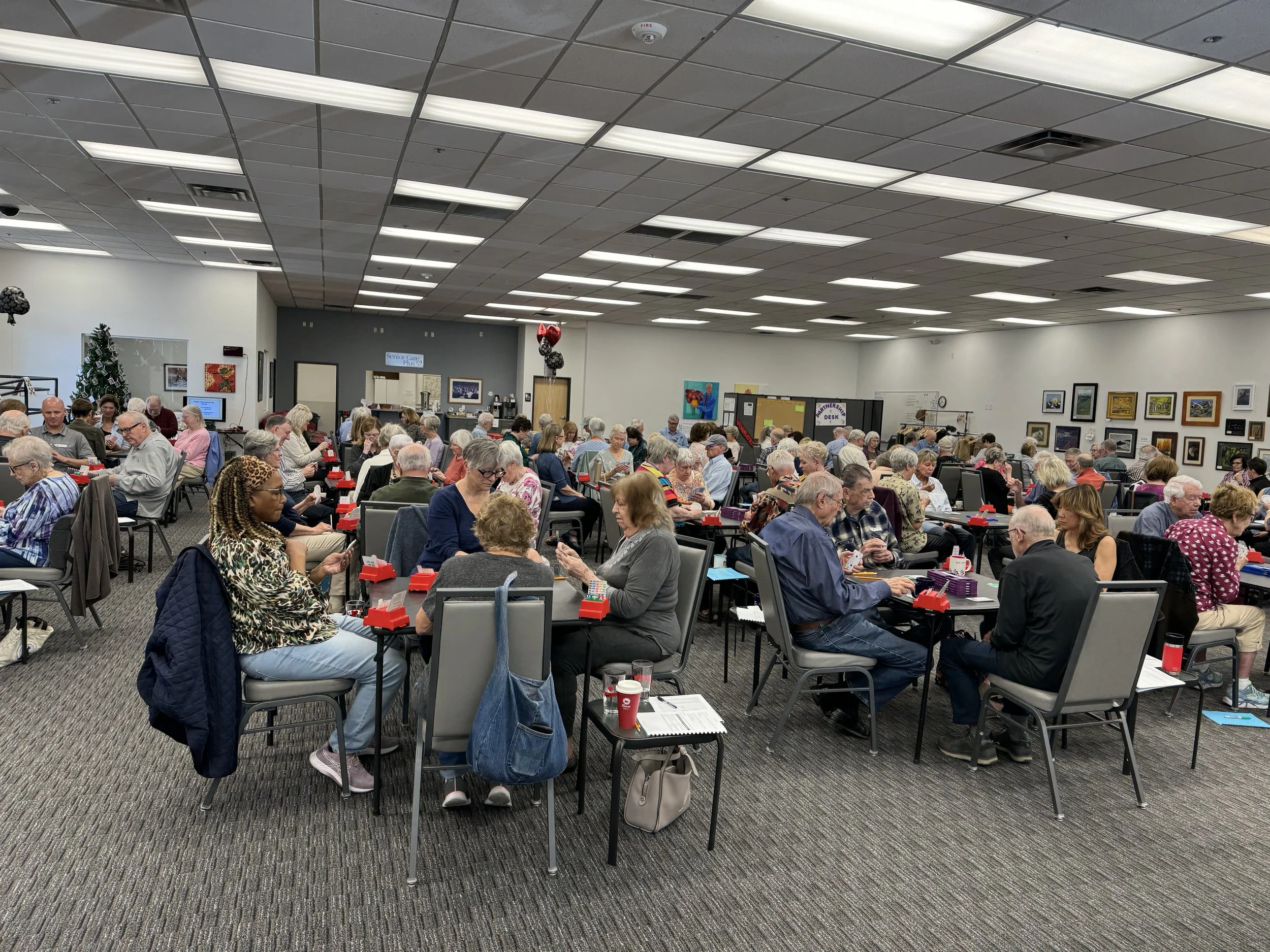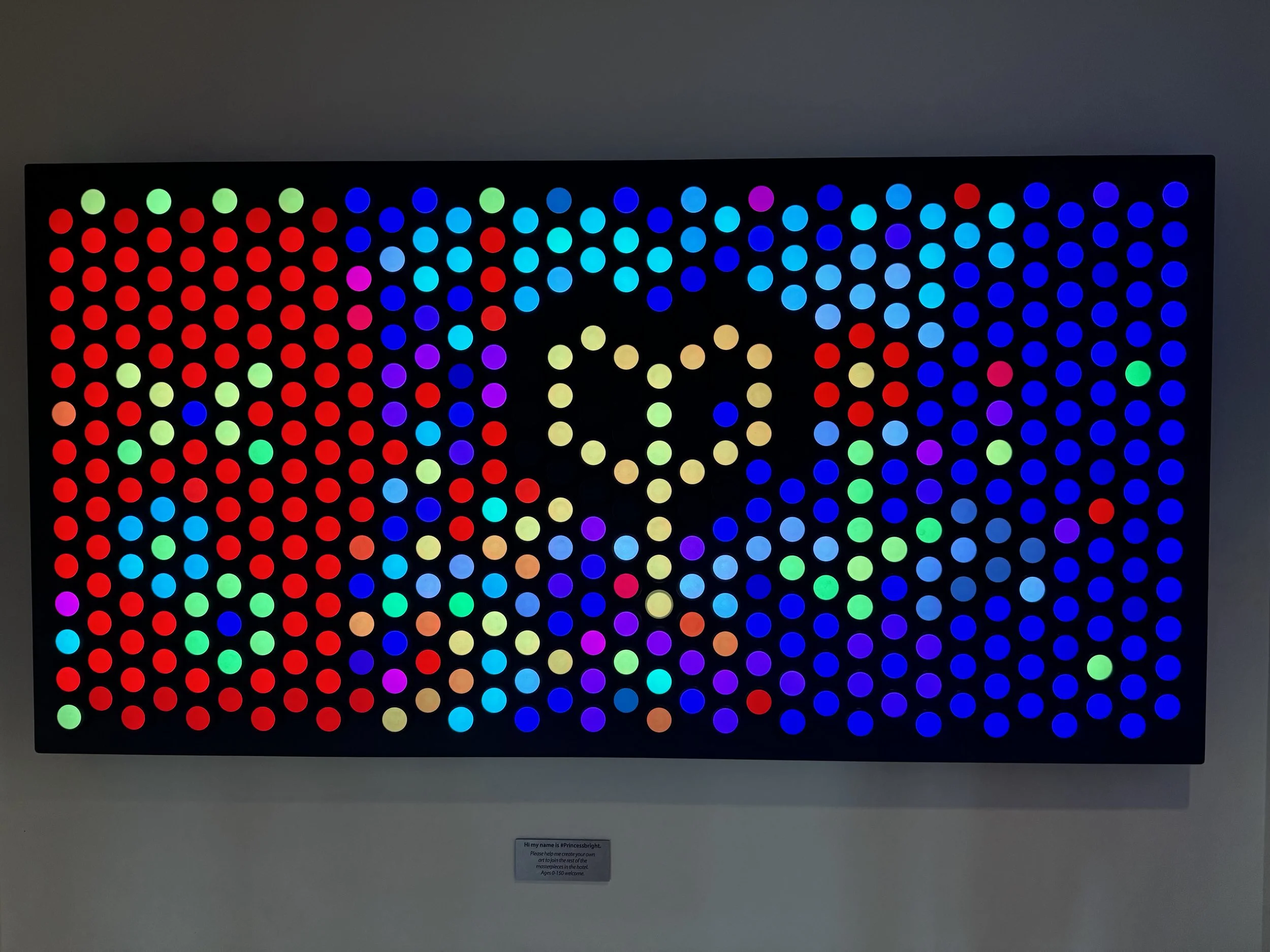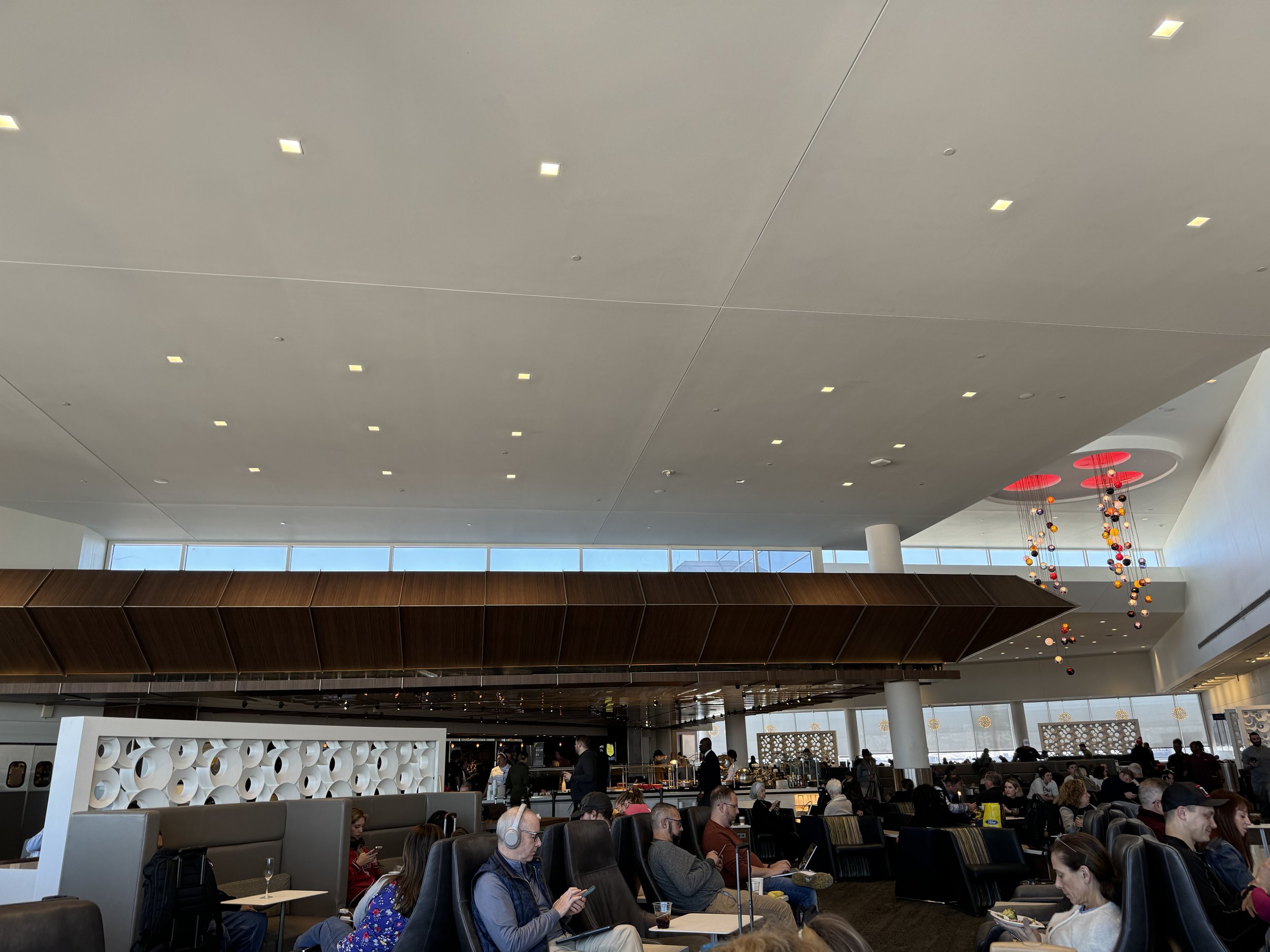New Minor Forcing is an excellent convention for continuing the auction when Opener has shown a balanced hand that is weaker than opening 1NT. But after a New Minor Forcing bid, the auction often gets complicated if we don’t go straight to game. It can be confusing whether we are inviting game or trying to make a slam try – which bids are forcing and which bids are non-forcing? 2-Way New Minor Forcing is an upgrade to New Minor Forcing that allows Responder to better describe their hand and simplify and clarify the rest of the auction.
(531) Fits and More: Systems for Describing Our 2-Level Preempts
When partner preempts the bidding at the 2-Level, and we have a good hand we expect the auction to be difficult. We need to have good agreements with partner and exercise some good judgment to get to the right final contract. When we have a fit for partner’s suit (especially a Major suit) then we know what strain we are likely to play in. We need to exchange useful information with partner. There are a variety of systems for accomplishing this, including Optional Feature, Ogust, Steps, and Modified Ogust.
(530) Fits and More: Over-Splinters
When partner opens the bidding with 1-Major and Responder makes a Splinter bid then this shows our fit, values, and shortness all in one call. This gives an excellent description of our hand and allows partner to re-evaluate their hand based on their working values. In a sophisticated partnership we may choose to have multiple types of splinters, allowing us to communicate even more information to partner. Here we look at the use of Over-Splinters and see how we can use them to give partner additional information about our hand, allowing them to better judge if slam is likely to be a good contract.
(529) Fits and More: 2NT Trump Suit Game Try - Spiral
(528) Fits and More: More Mixed Raises in Competition
(527) Fits and More: Advancing Partner's Overcall without a Fit
(526) Fits and More: Raising Partner's Overcall
(525) Fits and More: 2-Way Reverse Drury
When partner opens in 3rd or 4th seat and we have a good hand, we do not want to go jumping around to show it – partner may have no game interest for their opening bid. We want to have an effective way of describing our good hands cheaply when partner opens in 3rd or 4th seat. When partner opens 1-Major and we have a maximum passed hand with a fit, then we want to be able to show this to partner without getting too high. This is what the Drury convention accomplishes.





